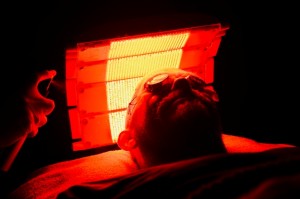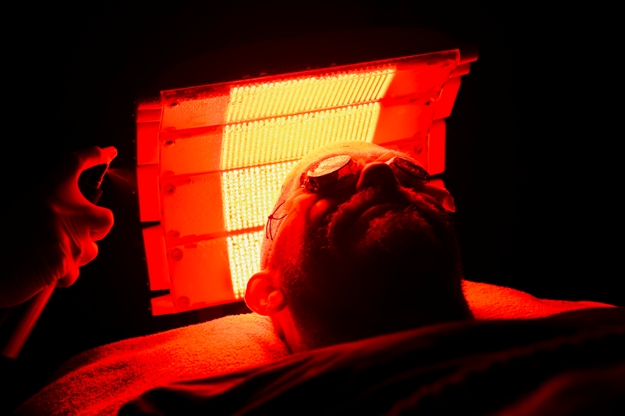Is PDT a “Key” to Optimal Cancer Therapy?
In the March 2013 Journal of Healthcare Engineering, researchers from Japan’s National Defense Medical College predict that a better understanding of “mechanisms related to PDT will potentially improve long-term survival of PDT-treated patients.” According to an earlier 2013 report in Clinical Endoscopy, PDT can kill cancer in a variety of ways, making it a potentially powerful cancer treatment option. By attacking cancer from multiple angles, there is a greater chance of being able to destroy the more aggressive tumors.
The authors of this earlier report, based in Greenville, North Carolina (USA), note that differences in the light dose and various other treatment parameters can improve tumor destruction. In some cases, due to effects on the immune system, the cancer continues to be destroyed long after completion of PDT.
“Through rationally designed clinical trials that further explore these varied treatment paradigms, PDT will be able to advance dramatically as an oncologic intervention,” the U.S. authors predict.
They go on to explain how PDT allows the physician to visually localize the cancer and then direct light onto it; using a specific wavelength of light, the physician can then target and destroy the tumor. In their conclusion, the authors note that this is “akin to the situation where the indentation of a key matches that of the lock allowing its unlocking.”
Support us by buying our book, The Medicine of Light, and ebooks from our Photoimmune Discoveries eBook Series.
Sources
Kushibiki T, Hirasawa T, Okawa S, Ishihara M. Responses of cancer cells induced by photodynamic therapy. J Healthc Eng. 2013;4(1):87-108.
Allison RR, Moghissi K. Photodynamic Therapy (PDT): PDT Mechanisms. Clin Endosc. 2013 Jan;46(1):24-9.
© 2013, Photoimmune Discoveries, BV







 English
English Français
Français Deutsch
Deutsch Nederlands
Nederlands